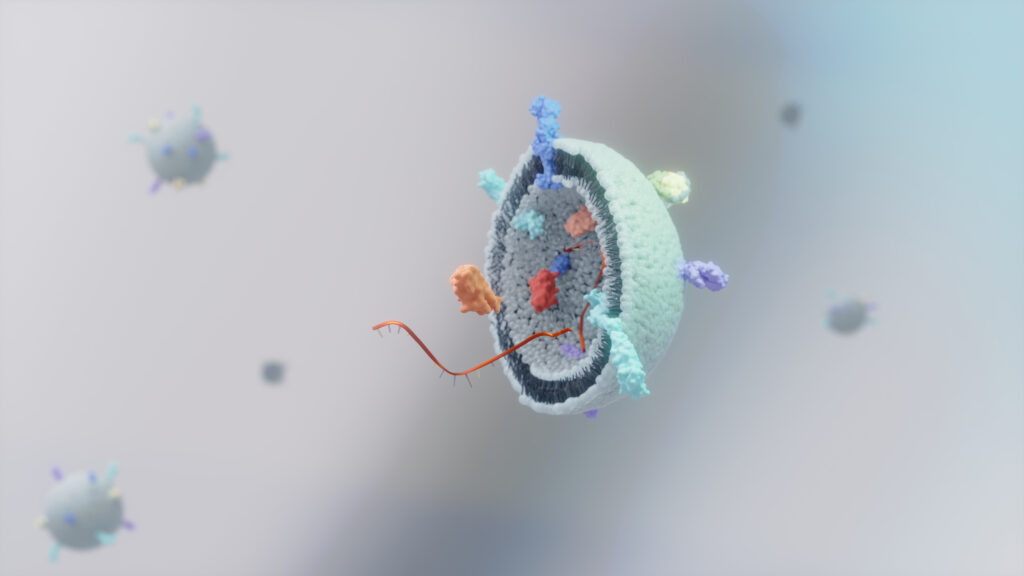In recent years, the potential of stem cell-derived exosomes in regenerative medicine has gained significant attention, particularly in the context of wound healing. A new study, authored by Haibo Xiang, Pengbing Ding, Jiaying Qian, Enhang Lu, Yimou Sun, Seyeon Lee, Zhenkun Zhao, Zhixuan Sun, and Zhenmin Zhao, explores the capabilities of exosomes derived from minor salivary gland mesenchymal stem cells (MSGMSCs) in promoting wound healing, comparing their effectiveness to that of exosomes derived from adipose-derived stem cells (ADSCs).
Minor salivary gland mesenchymal stem cells offer several advantages over their adipose-derived counterparts. They can be extracted more easily and are derived from a broader range of sources. This makes MSGMSCs a particularly attractive option for research and clinical applications. The study highlights the growing body of evidence that exosomes, the small extracellular vesicles secreted by cells, play a crucial role in mediating the therapeutic effects of stem cells. These vesicles contain a variety of bioactive molecules, including proteins, lipids, and RNAs, that can influence cellular behavior and promote healing processes.
The authors point out that while adipose-derived stem cell exosomes have been extensively researched and shown to enhance wound healing, the potential of MSGMSC-derived exosomes remains poorly understood. This gap in knowledge prompted the investigation of whether MSGMSC-exosomes (MSGMSC-exos) could similarly promote wound healing and how they would compare with ADSC-exosomes (ADSC-exos) in terms of their healing capabilities.
The findings from this study could have significant implications for the development of new therapeutic strategies for wound healing. If MSGMSC-exosomes demonstrate comparable or superior effectiveness to ADSC-exosomes, they could pave the way for more accessible and efficient treatment options for patients suffering from chronic wounds or injuries.
As research progresses, the exploration of MSGMSCs and their exosomes may contribute to the broader field of regenerative medicine, offering fresh insights and potentially revolutionizing how we approach wound healing and tissue regeneration. This study not only underscores the importance of continued research in this area but also highlights the necessity of understanding the comparative effectiveness of different stem cell-derived therapies. The work of these authors is a step forward in unlocking the full potential of stem cell exosomes in clinical applications, and it is anticipated that further studies will expand our understanding of their mechanisms and benefits.


